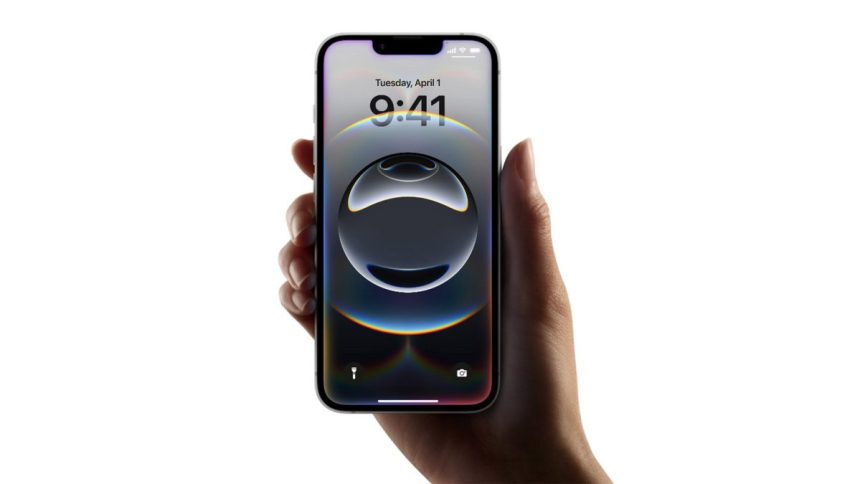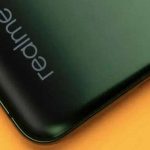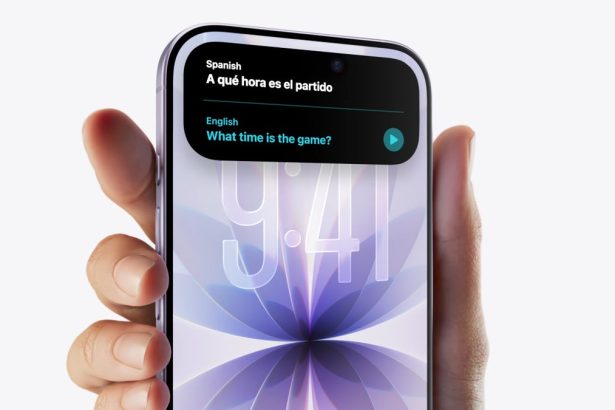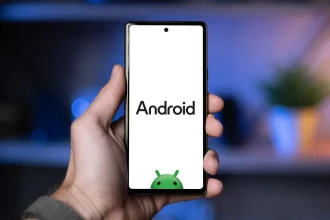Apple’s recent launch of the iPhone 16e has sparked considerable discussion, largely due to its impressive use of in-house components, which significantly lowered costs and positioned it as a budget-friendly option. The device incorporated the new C1 modem, reducing Apple’s dependence on Qualcomm and further decreasing component expenses. Although the iPhone 16e has only recently hit the market, rumors regarding its successor, the iPhone 17e, are already surfacing, indicating that this model may also debut in spring 2026.
A new supply chain report suggests that the iPhone 17e will maintain the same display size as the iPhone 16e, mirroring the timing of its predecessor’s release. This mid-cycle launch could indicate that Apple is establishing a consistent pattern for its e model lineup. While previous predictions have hinted at a similar timeline, what stands out in this latest update is the display specification.
Sources indicate that the iPhone 17e will not undergo significant changes, retaining the display size of its predecessor, which itself reused the screen design from the iPhone 14. This development appears to follow a cost-reduction strategy, as Apple aims to keep component costs low to ensure the budget-friendly model remains affordable. While minor internal updates are expected, the continuation of the existing OLED display hints at Apple’s intention to maintain conservative enhancements for the upcoming release.
It is anticipated that the affordable e models, which replaced the iPhone SE, will adopt a consistent release strategy and follow an annual update cadence similar to the regular iPhone lineup, moving away from the erratic release schedule associated with the iPhone SE. Additionally, The Elec confirms the iPhone 17e will retain the same OLED display found in the iPhone 16e, reinforcing the notion of Apple’s focus on reusing components to keep production costs down.
This approach is not unprecedented for Apple, which has previously recycled components across generations to minimize production expenses. However, there are hopes that this strategy will not detrimentally impact user experience.Apple









